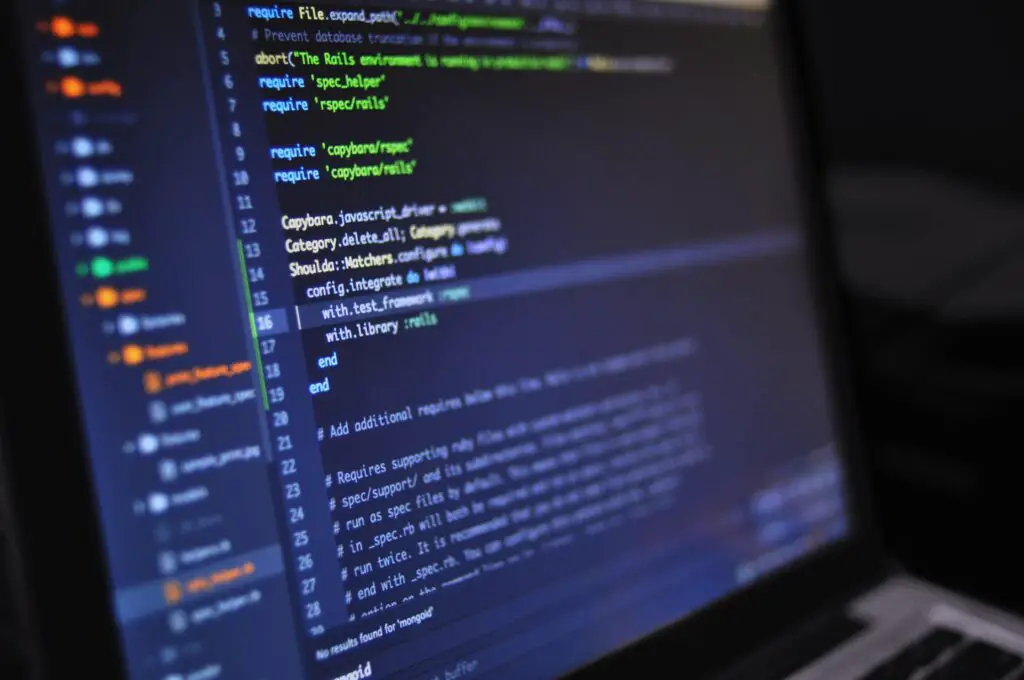Crafting a Symphony of Freedom:
A Guide to Creating a Bootable Linux USB Drive
In the vast symphony of operating systems, Linux stands as a harmonious masterpiece—a free, open-source symphony that resonates with the spirit of customization and innovation. If you’re ready to conduct your own orchestration of digital freedom, this guide will take you on a journey through the creation of a bootable Linux USB drive. Brace yourself for an exploration of the symphonic intricacies of Linux, as we embark on the process of liberating your system from the chains of conventional operating systems.

Prelude:
The Overture of Preparation
Before we immerse ourselves in the enchanting world of Linux, let’s prepare the stage for the grand performance. Begin by selecting the Linux distribution that best suits your needs. The Linux universe is diverse, with distributions like Ubuntu, Fedora, and Debian each offering a unique melody. Once you’ve chosen your Linux virtuoso, download its ISO file from the official website. Now, let the overture commence by selecting a USB drive with a minimum of 8GB capacity—the canvas upon which your Linux symphony will be painted.
With the USB drive in hand, usher in the next movement by installing a reliable USB creation tool. BalenaEtcher and Rufus are seasoned maestros in this realm, enabling a seamless transition of your chosen Linux distribution onto the USB stage. Connect the USB drive to your system and launch the USB creation tool. This marks the crescendo of the preparation phase, setting the stage for the Linux overture to begin.
Movement I:
Orchestrating the Bootable Ballet
As we move into the first act of our symphony, the USB drive transforms into a stage where the Linux ballet will unfold. Launch the USB creation tool, and in the wizardry of its interface, select the Linux ISO file you’ve downloaded. The conductor’s wand now hovers over the ‘Flash’ or ‘Create’ button, initiating the orchestration of the bootable ballet. The USB drive becomes a dancer, twirling with data, absorbing the essence of Linux.
In this movement, the partitions pirouette into existence, and the bootloader leaps into action. Witness the creation of a harmonious blend of files, configurations, and the magic of Linux, choreographed elegantly onto the USB stage. As the curtains rise, the USB drive metamorphoses into a bootable spectacle—a portal to the world of Linux. Now, the symphony is ready to unfold, and the USB drive, a maestro in its own right, holds the key to the performance.
Intermezzo:
The Graceful Interlude of BIOS/UEFI Settings
As the Linux ballet reaches a brief intermission, it’s time to set the stage for the grand performance in the BIOS/UEFI settings. Reboot your system, and as the curtains rise again, press the designated key to access the BIOS/UEFI menu. Here, the elements of hardware configuration harmonize to welcome Linux onto the main stage.
Navigate to the ‘Boot’ or ‘Startup’ tab, where the USB drive, now a prima ballerina, takes center stage. Ensure that the USB drive is prioritized in the boot order, orchestrating a seamless transition from your existing operating system to the Linux performance. Save the changes and exit, letting the intermezzo conclude with a crescendo that echoes the impending Linux symphony.
Movement II:
The Grand Unveiling of the Linux Symphony
As the BIOS/UEFI settings take a bow, the grand unveiling of the Linux symphony begins. Restart your system, and as the machine breathes life again, the USB drive steps into the spotlight. Witness the Linux kernel as it rises, orchestrating the system’s elements into a harmonious melody of freedom and customization.
This movement is a spectacle of user-friendly interfaces, diverse desktop environments, and the sheer power of open-source software. Ubuntu’s Unity, Fedora’s GNOME, or Debian’s versatility—the choice is yours as the Linux symphony unfolds. The USB drive, now a conductor’s baton, directs your system to dance to the rhythm of Linux, each keystroke and mouse click a note in the grand symphony of open-source innovation.
Coda:
Nurturing Your Linux Symphony
As your system embraces the Linux melody, remember that the journey doesn’t end with the bootable USB creation. The Linux symphony is an ever-evolving composition, and your role as a conductor involves nurturing its growth. Explore package managers like APT, YUM, or Pacman to add new instruments to your symphony. Tweak configurations, customize desktop environments, and dive into the vast pool of open-source software that amplifies the Linux experience.
The coda of this guide is an invitation to savor the ongoing symphony of Linux—a melody of freedom, innovation, and community collaboration. With your bootable Linux USB drive as the orchestral score, let the exploration of this open-source symphony become an enduring and enriching journey.
In the realm of technology, where every system hums its unique tune, the creation of a bootable Linux USB drive is your ticket to a symphony of digital freedom. As the Linux orchestra plays on, you, the conductor, shape the music of innovation and customization, crafting a composition that resonates with the ethos of open-source brilliance. The journey has just begun, and the Linux symphony awaits your baton.